The county of Skåne is saturated in green and gold in mid-September, with brisk, pitch-black nights that don’t yet reign over the bright, temperate days. At the southern tip of the country, Skåne has a moderate climate and a long growing season. The forests are brimming with wild mushrooms and the gardens are lush with leafy greens and berries. Leaving Malmö by train, the city buildings fade quickly and the terrain alternates between farmland and wilderness. Peaceful little houses are scattered amongst the endless grassy green, with an occasional grouping of brick buildings, a grocer, a hardware store, and a café, signaling a small town.
I arrive at a little cluster of brick buildings like many others we had passed, the town of Höör where I first meet Charlotta Ranert (“Lotta,” for short) and Sanna Ohlander, two of the three women behind Pure Food Camp. Our destination is Nyrups Naturhotell, where we are to sleep in Mongolian yurts and forage wild foods to be cooked over open fires for the next two days. The site is an Airbnb year-round, but its location and amenities make it the perfect spot to host such a gathering. Depending on your style, you could consider the Naturhotell “glamping” with its oil lamps, wood-burning stove with an attached hot water coil, and twin beds in each yurt—although you’ll still have to forego electricity and running water. The hope is that you might wake from a fog of technology, get your hands dirty, and reconnect with more simple living.
After a short drive, we arrive at the site where I’m greeted by Titti Qvarnström, the third founder, and Sweden’s first female chef to win a Michelin star.
Qvarnström is originally from Limhamn, a coastal town in Malmöwhich. She trained in Copenhagen and worked for several years in Berlin before returning home. “At the time I thought Malmö had nothing to offer and it was going to be the end of my career,” she says. “But I discovered there is actually an amazing, booming food scene here.” In her years working in big cities, she began to miss her connection to nature. “I grew up spending a lot of time outside foraging and hunting. Being in Malmö is great because it has everything the city offers, but I am not far away from the forest.” Somewhere along the way, she met Ranert and teamed up to host several food-related events. “Pure Food Camp is closest to my heart because it really gets us to reconnect with where the food comes from, and therefore, where we come from. It’s so easy to forget when you’re in the city,” says Qvarnström.
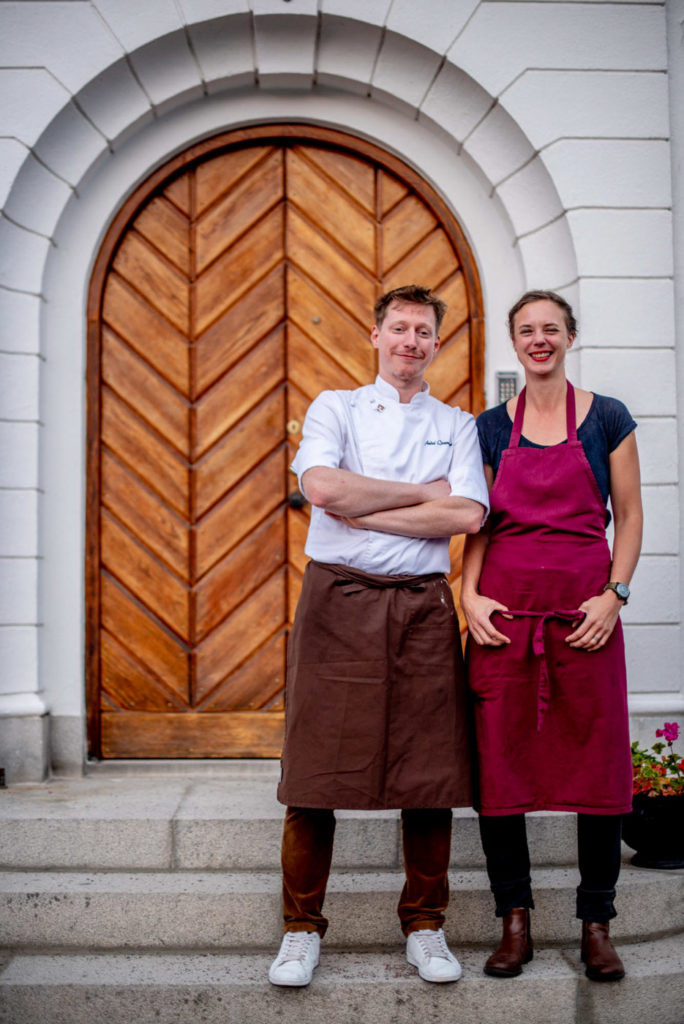
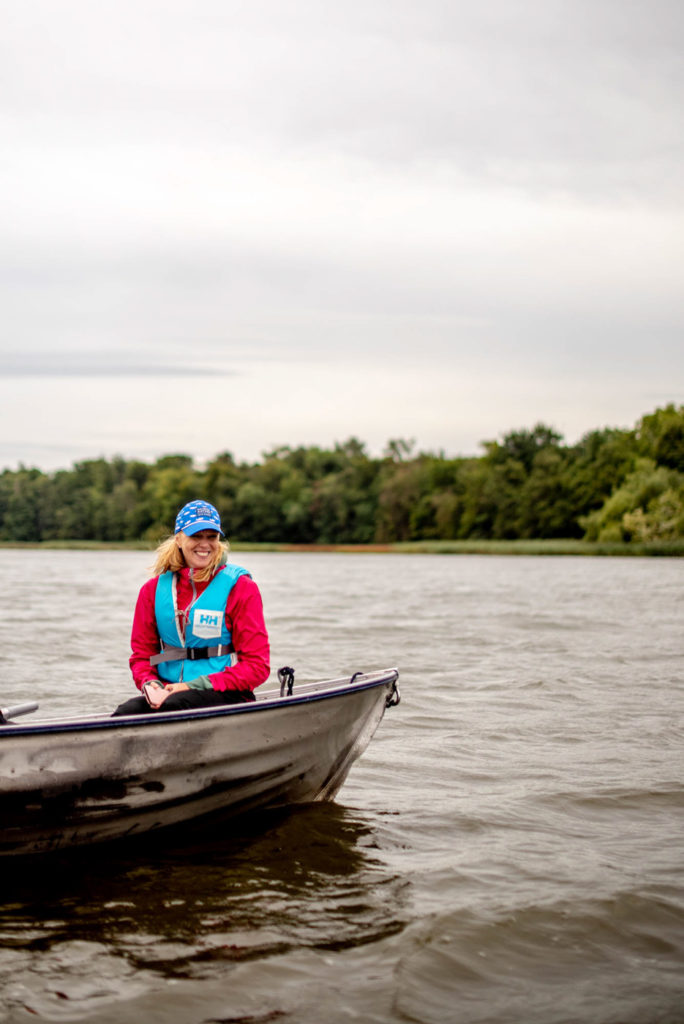
Ranert is the founder and CEO of Pink Chili, through which she organizes food walks, workshops and events, including the Skåne Food Festival. She thrives on connecting creatives and industry professionals, and although she claims not to be a cook herself, she is passionate about food and the community it creates.
The idea for Pure Food Camp began when Ranert and Qvarnström met Sharon Roufa and Carri Thurman of Two Sisters Bakery at an event in Homer, Alaska. “We asked them to join us and we became good friends. They told us about fish camps they do in Alaska and they had just attended a womens meat camp,” says Ranert. “There were so many connections that we thought a food camp could be a great thing for us to do.”
“Titti put on a dinner at an old farm,” says Ranert. Qvarnström adds, “But the location was not a good place to cook a large meal, so I decided everyone would forage and have different stations for cooking.” She continues, “We made butter and baked bread and ate all kinds of things, but we ended up with a strange problem. No one wanted to leave.” They considered extending the event so guests could stay overnight. That planted the seed for doing something bigger. “We realized we were capable of a more submersive, extended event,” says Ranert. That was two years ago. Pure Food Camp is now in its fourth iteration.
Ohlander is a food stylist and recipe developer who also has an active interest in providing education for those interested in launching small businesses in the industry. She joined after her husband returned from photographing a food camp. As a food stylist, Ohlander is often more concerned with what food looks like on the plate. “It’s nice to get back to the source, see where our food comes from, meet producers, and connect with nature.”
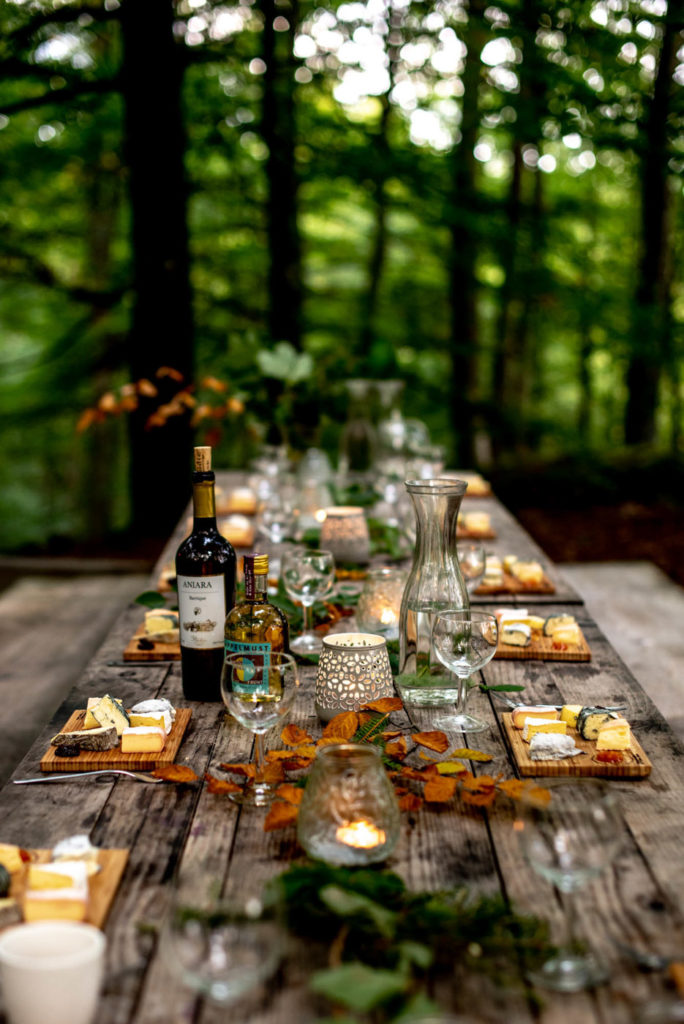
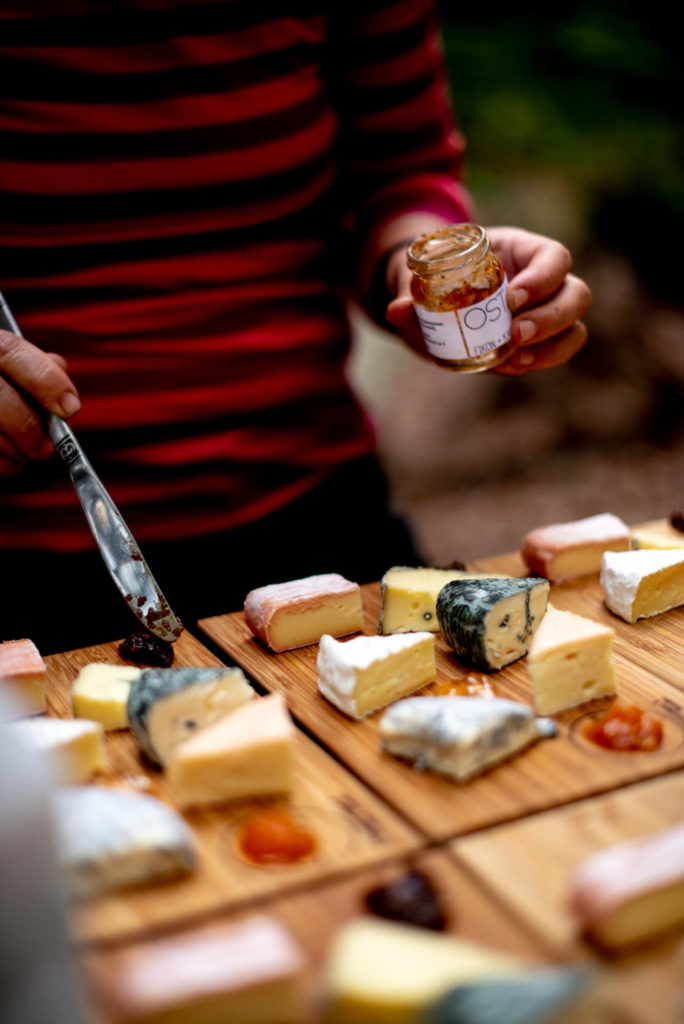
Day 1:
True to Swedish traditions, our first activity with our group is sitting at picnic tables under the tree canopy for fika, the quintessential afternoon break of coffee, tea and a few sweets. By breaking bread, or rather cardamom buns, we also break the ice.
After fika, we meet Pontus Dowchan who demonstrates safety tips for chopping wood and assists with creating fire pits made from old car wheels in which we will cook our dinner. Originally from Poland, Dowchan now resides in Sweden where he is an educator on survivalist skills and foraging. Camilla Jonsson, who is in charge of Nyrups, gives us four baskets of randomly assorted items to make dinner with. We split up into groups of two to figure out what we will make.
Qvarnström starts with tunnbröd (Swedish flat bread). There is a skillet of wild boar patties, roasted tomato kabobs, another skillet of potatoes, and a slightly charred lingonberry pie. As soon as the sun sets, the forest is black save for our oil lamps and we all retreat to bed early to be well rested for the busy day ahead.
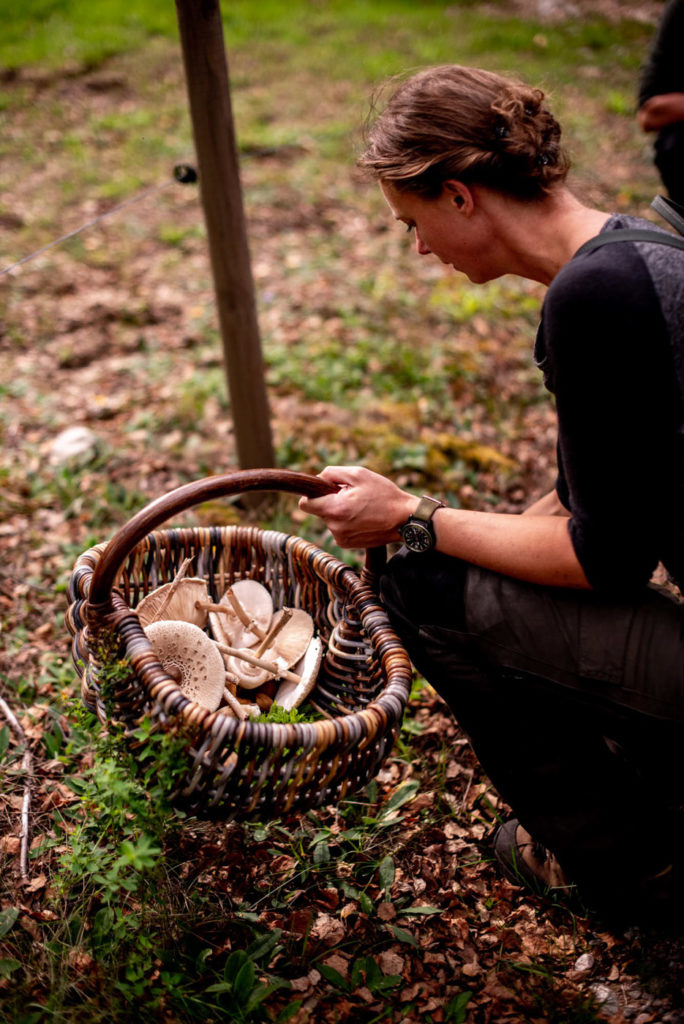
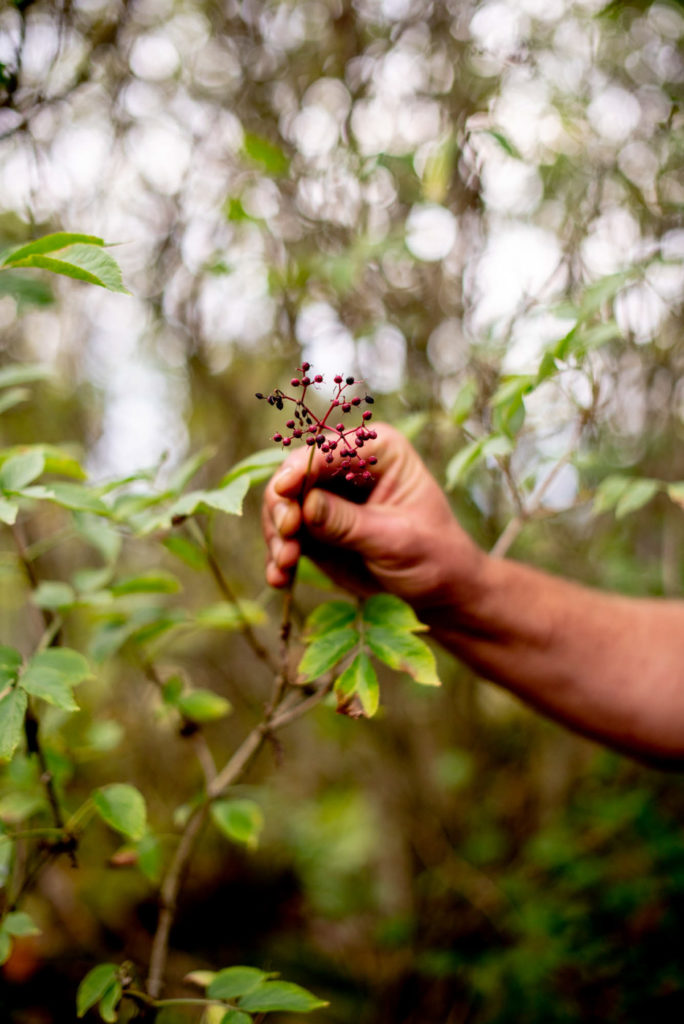
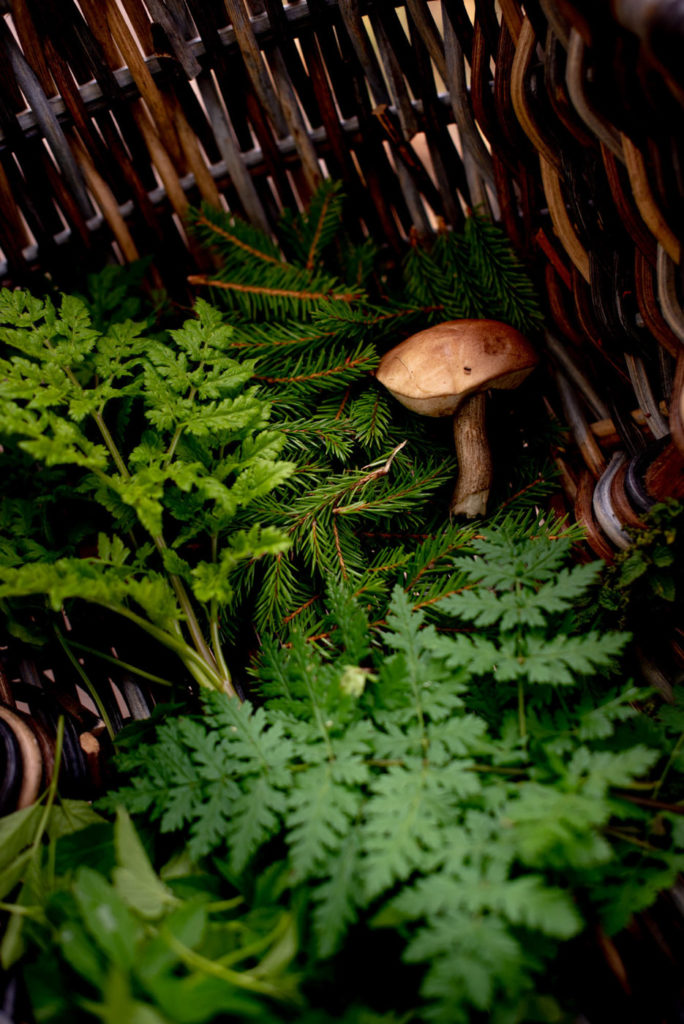
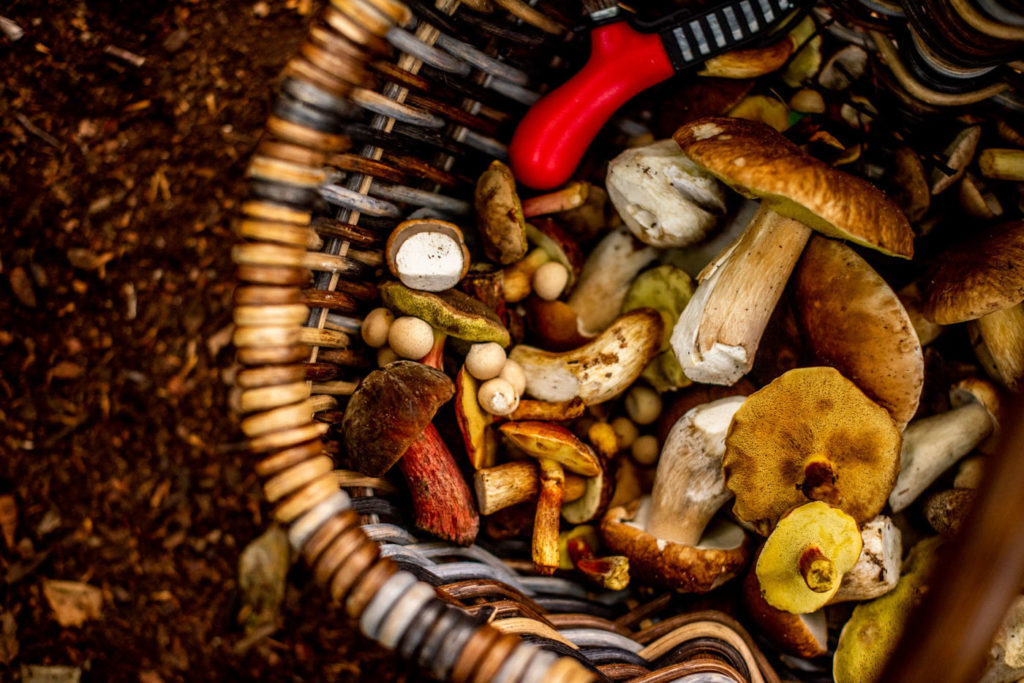
Day 2:
Waking in a yurt in the Swedish forest is magical, even with the chilly temperature, and even without a proper shower. Campfire coffee greets us at the main site, and we enjoy omelettes and Scandinavian yogurt with jam. Dowchan instructs us to stand in a circle around him for light stretching and demonstrates how to adjust your eyes for mushroom foraging. We stretch out our arms at each side and try to see our hands out of the corners of both eyes simultaneously. “We are always looking with focused eyes, always looking right in front of us. Open up your peripheral vision and you will be able to spot mushrooms,” Dowchan instructs. He then guides us on a walk during which he points out nettles, ground elder, wood sorrel, plantain, chickweed, and other wild foods. It surprised me to find the flora was familiar to me, being so similar to what grows in Appalachia.
Back at the main site in the warm afternoon sun, we set picnic tables for a cheese tasting with Daniel Cederskär of OST & Vänner, an artisanal cheese shop located in Malmö. The shop carries a variety of local cheeses, but Cederskär is most proud to serve us a few that are quite rare because of the intensive process and regulations involved. Some are creamy and subtle, others are fairly pungent, but all are delicious.
We then gather around fire pits to cook our harvest. Dowchan makes acorn flatbread that Qvarnström tops with cream, onion, potato, dill and pickled herring for a salty, crunchy snack. We fry porcinis, parasols and puffball mushrooms in butter and serve them separately to enjoy the unique flavors of each. Qvarnström also butchers a large cod, which she roasts and serves with endive, chickweed and sorrel. The evening ends in the main yurt where we share plum wine over a dessert of fresh berries and whipped cream by candlelight.
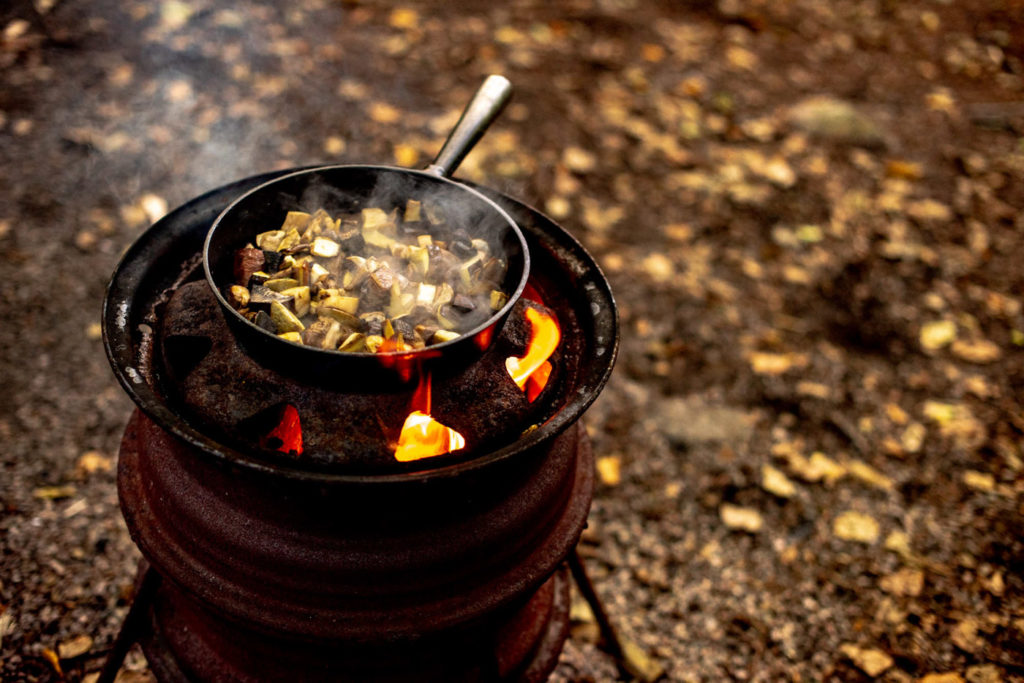
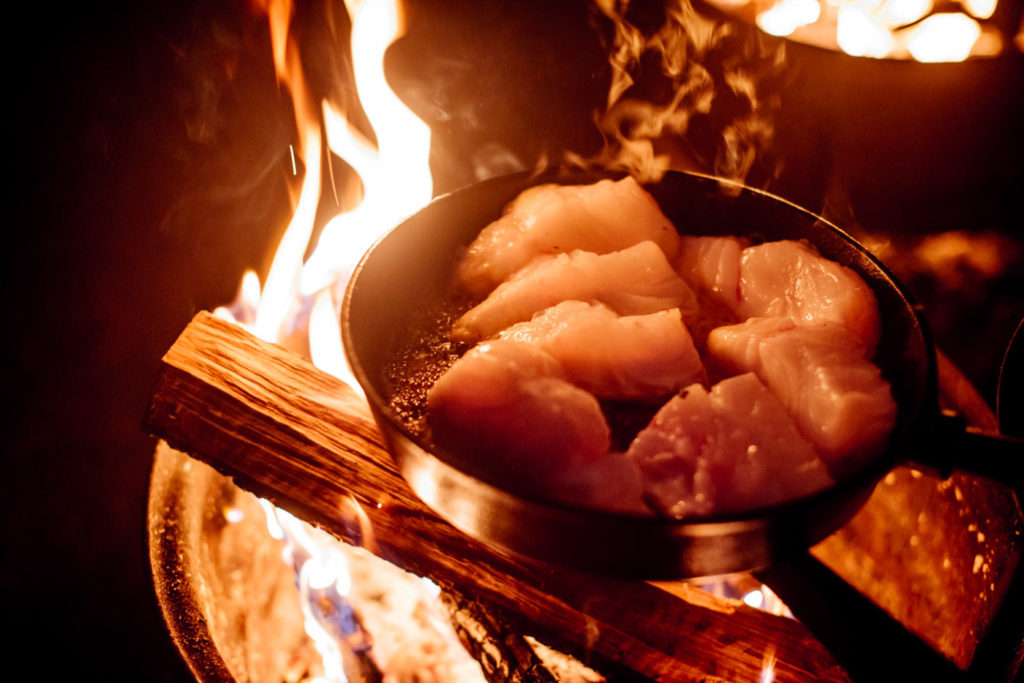
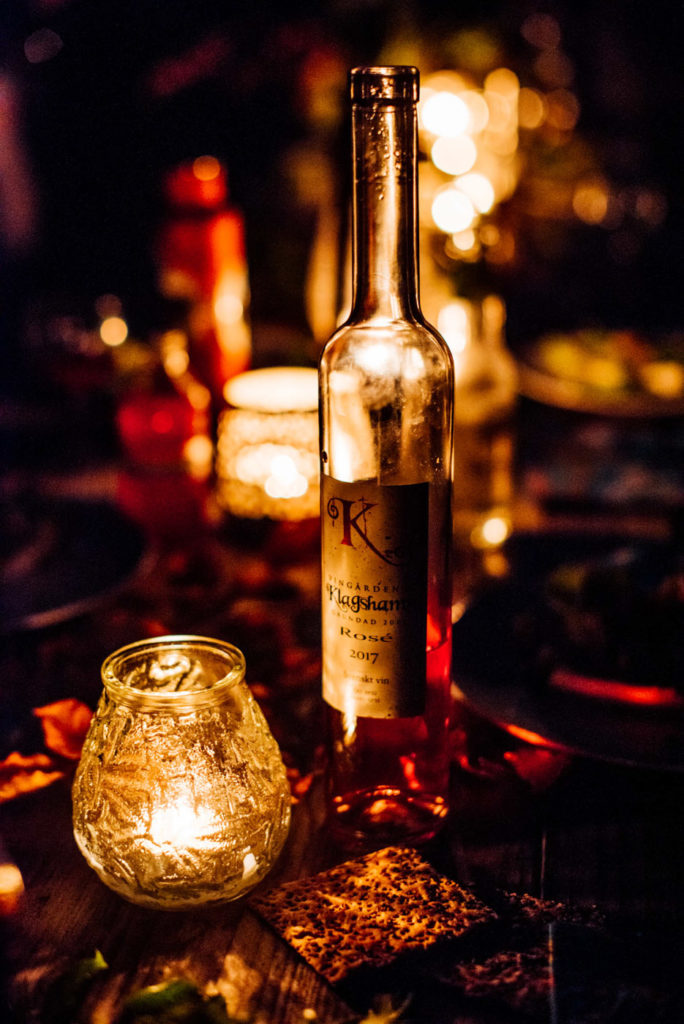
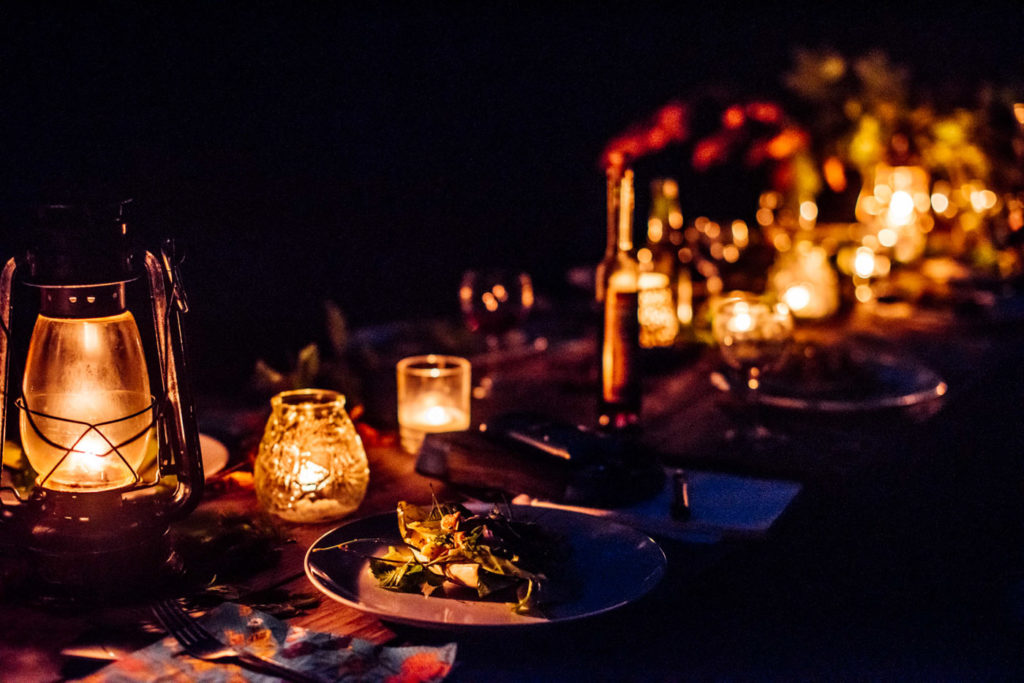
Day 3:
The next morning, we head to Ellinge Slott, a twelfth-century castle. A chartreuse moat surrounds it, and each room has its own extravagant decor. “We want to show you the best of both worlds,” Ranert explains. “You get exhausted after a few days in the woods, then you go to the castle and you get a hot shower and see life on the other end of the spectrum.”
After freshening up, we take a short walk to Bränneriets Gård, a local farm where Anders and Margitha Nilsson welcome us with a tomato tart and a pot of minestrone. The farm’s main building is also a specialty grocer and café where locals can have lunch before picking their own produce or purchasing what Nilsson harvested that morning. The walls are lined with house-made jams and the windows overlook gardens that seem impossibly yielding for this time of year. They take us on a tour where we pick raspberries, sea buckthorn berries, cloudberries, parsnips, carrots, radishes and more. We make a pit stop at a courtyard where the apple trees grow and gather in the greenhouse to process them into apple cider. In the main building, we pasteurize the cider and cook the sea buckthorn berries into jam. They even have a station for us to infuse our own schnapps with lemon verbena, anise seed, rhubarbs and yarrow.
Back at Ellinge Slott, Qvarnström prepared a crayfish boil. It’s complete with salad and quiche with tomatoes picked at Bränneriets Gård, paper bibs and merry songs that end with a celebratory “Skol!” followed by a shot of schnapps. “These parties are meant for celebration of the harvest,” she explains. They don’t usually take place in a dining room with silver candelabras and seventeenth-century wallpaper, but there is no shortage of buttery fingers and belly laughter.

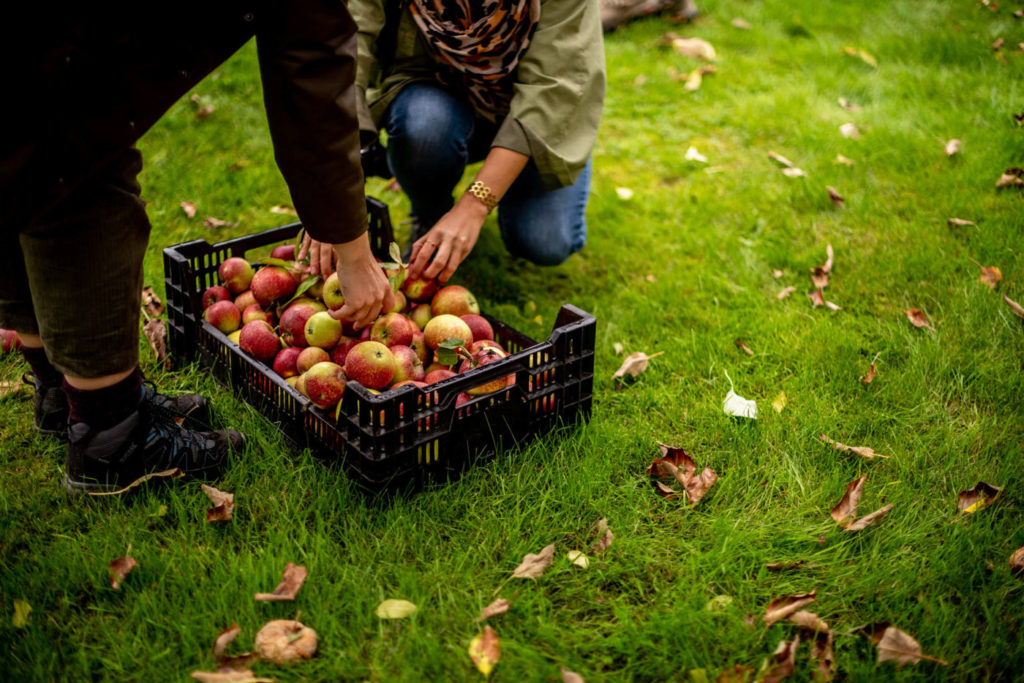
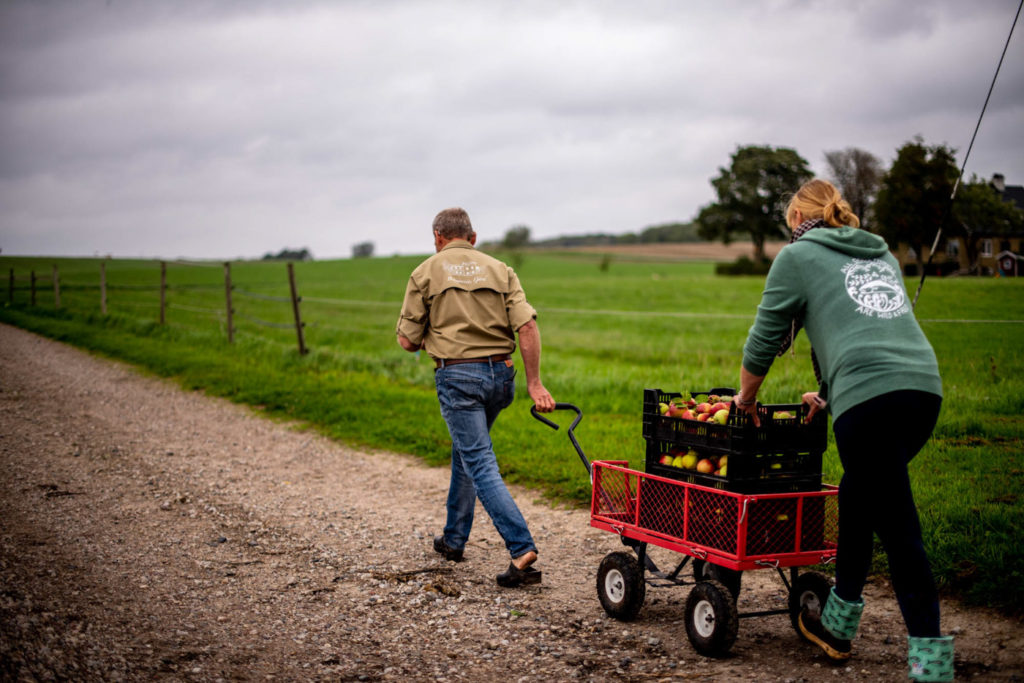
Day 4:
The next day we visit Bjork Ringsjön Fish Shop & Smokehouse where owner Håkan Björk teaches us to filet fish and takes us out on Ringsjön Lake to try catching it ourselves. He serves us fried fish and chips, a welcome dish on a damp afternoon.
We take a tour of the Purity Vodka distillery before dinner, which is located on the Ellinge grounds. Purity is certified organic, made with local grains and has been named Best Vodka of the Year at the International Wine & Spirits Competition several times over, among a number of other awards. Master Distiller Stefan Magnusson pours several versions so we can taste how the flavors refine after multiple distillations.
Our last dinner is prepared by Qvarnström and her husband André using mostly produce we harvested at Bränneriets Gård. There is a kale salad with a light dressing with mussel juice, and yellow pea soup with mustard, pickled carrot, sprouts and thyme. There are pumpkins, beets, root celery, dill and celeriac mousse, and a plate of cheese from Skåne. There’s black currant rum, quince marmalade, and grapes from Qvarnström’s home garden. For dessert, there’s mixed berries and cardamom panna cotta followed by coffee and tea in the library. We linger on our last evening together; we want it to last as long as possible.
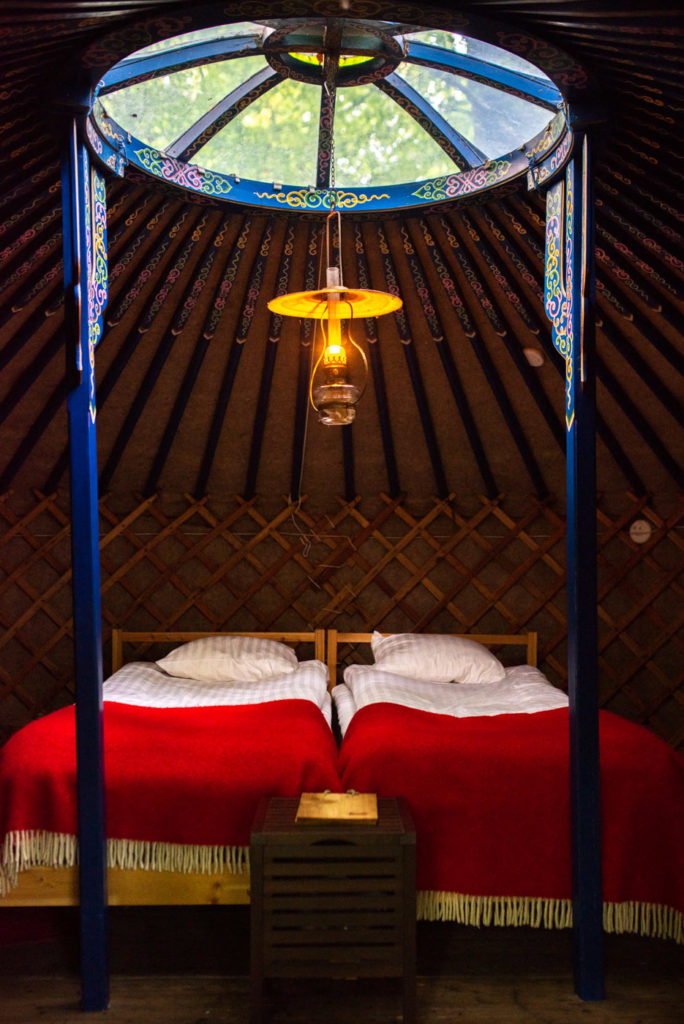
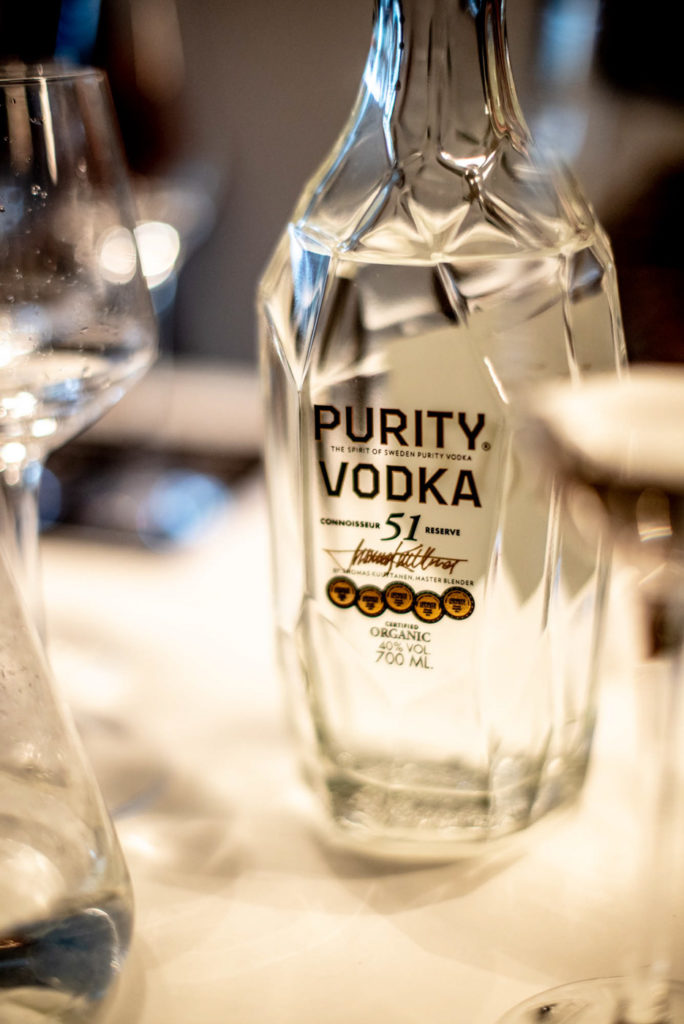
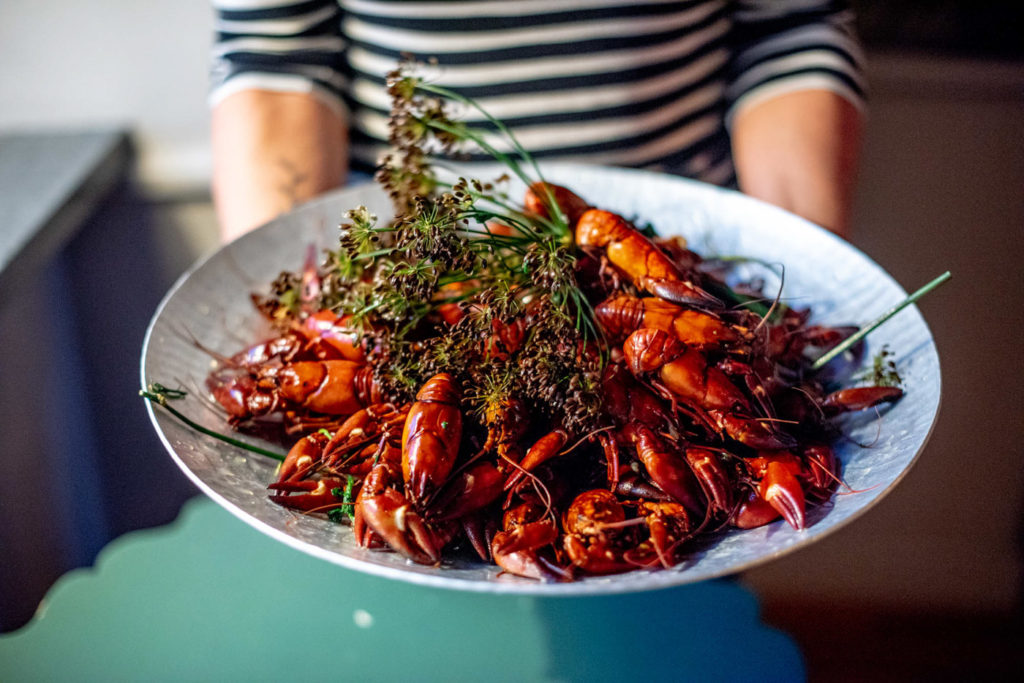
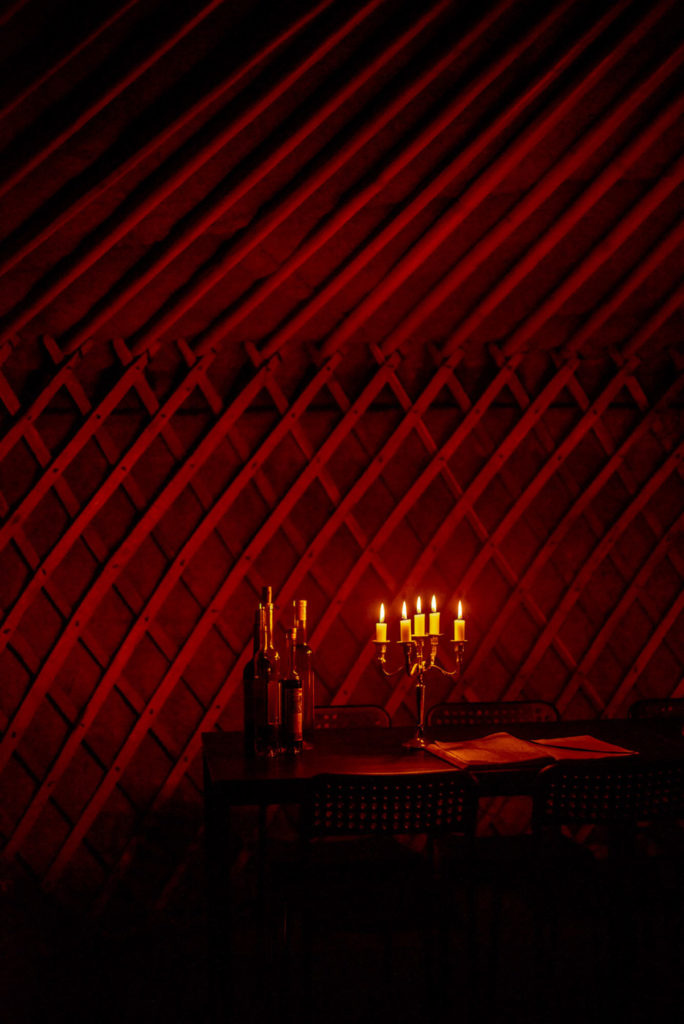
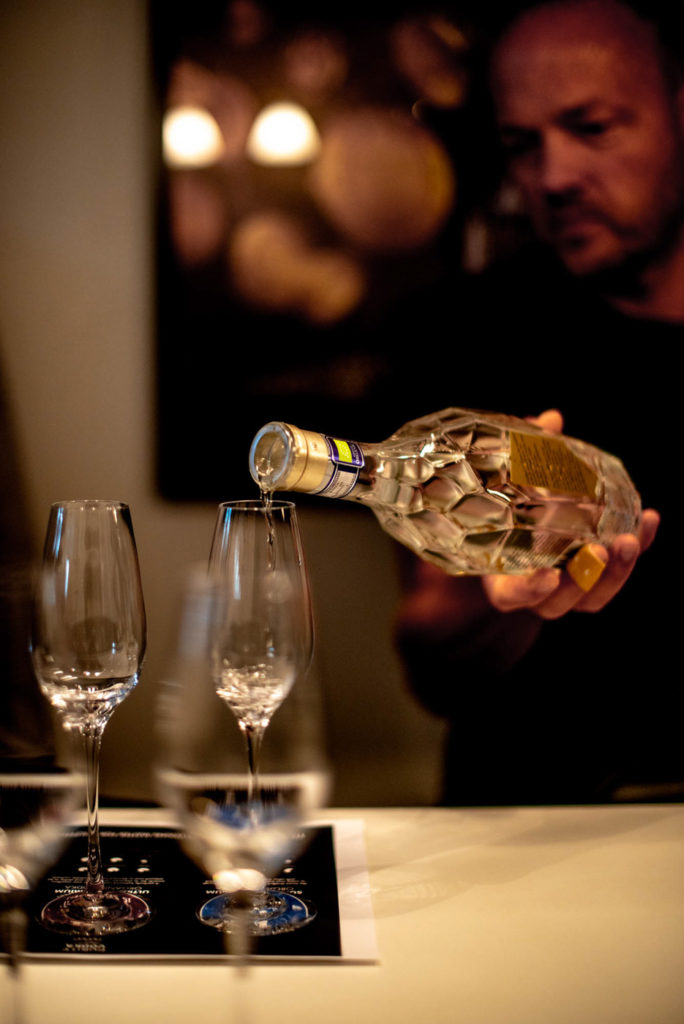
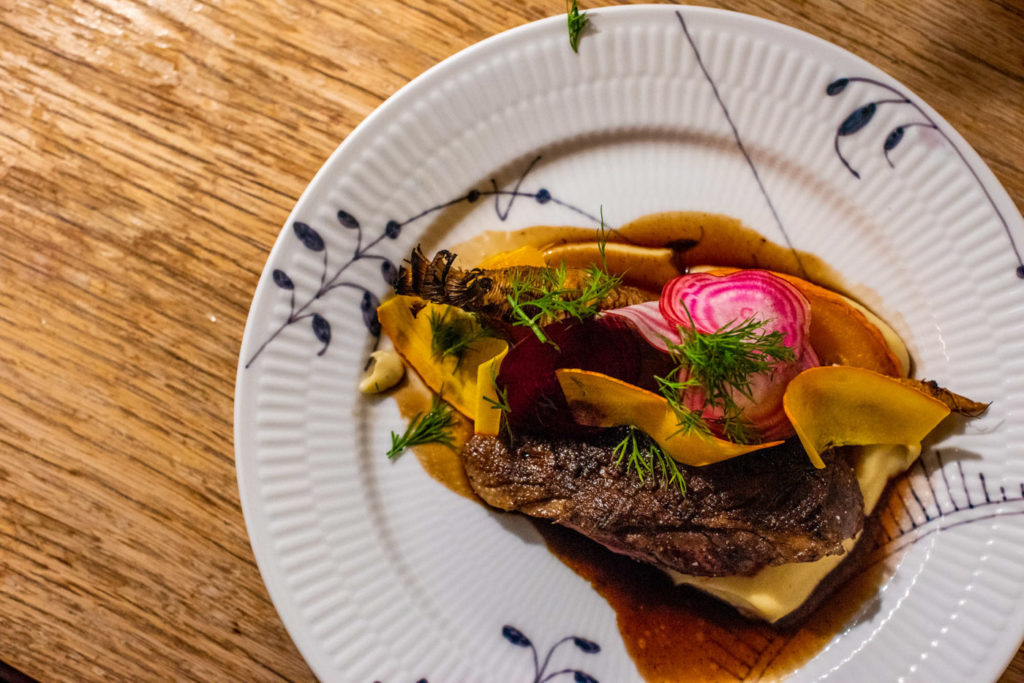
Day 5:
In the morning, we have a quick breakfast before parting with teary goodbyes. By the end of food camp I’ve fallen in love with the terrain and cuisine of Skåne, but I also feel as if I’ve made more than a few friends, which is perhaps a direct result of the care and intention its operators invest.
“We do Pure Food Camp because we love it. We want to attract people we can connect with and have a lasting relationship with,” says Ranert. “And it’s fun,” Ohlander adds with a smile.





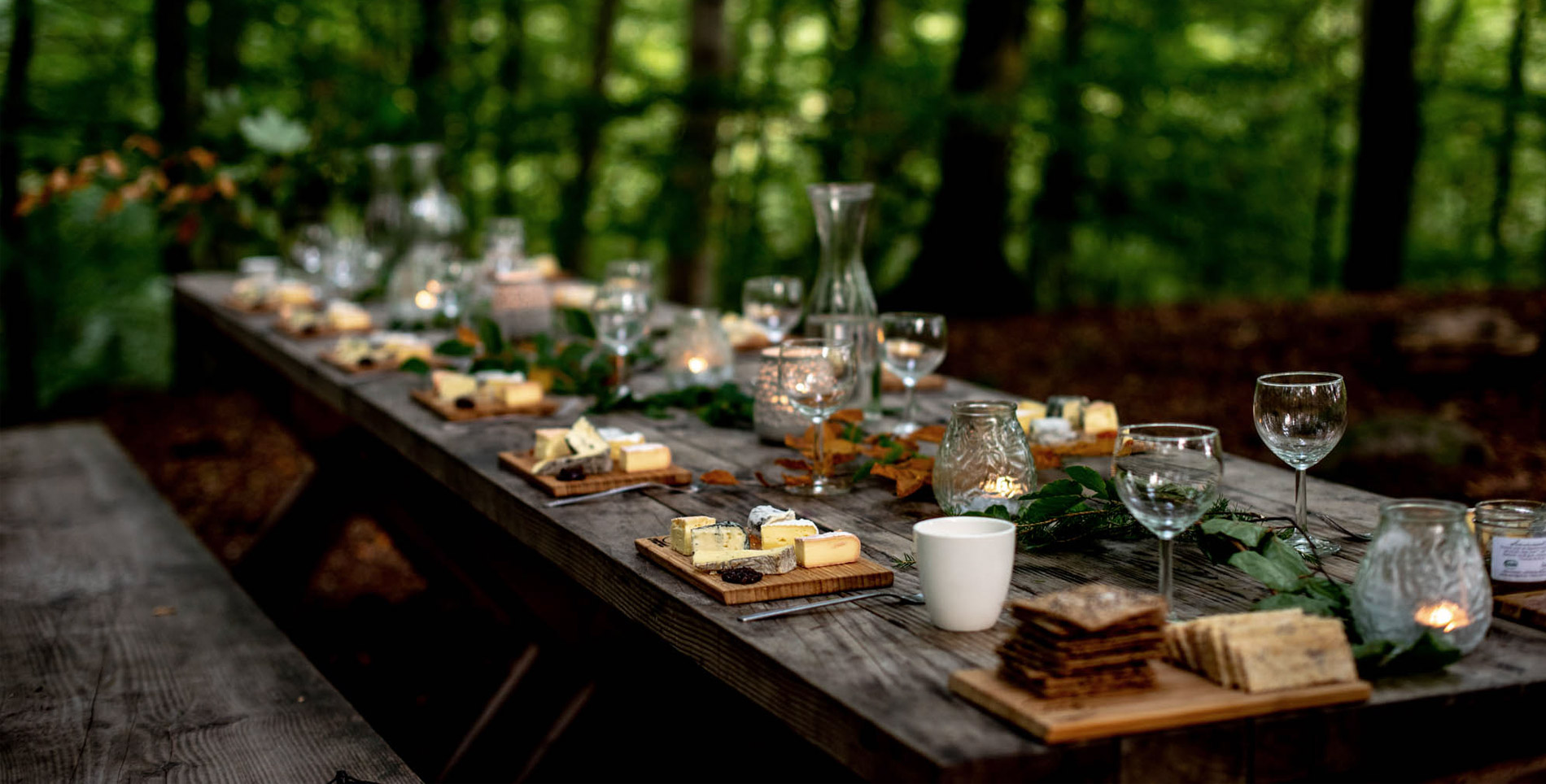

Our comments section is for members only.
Join today to gain exclusive access.